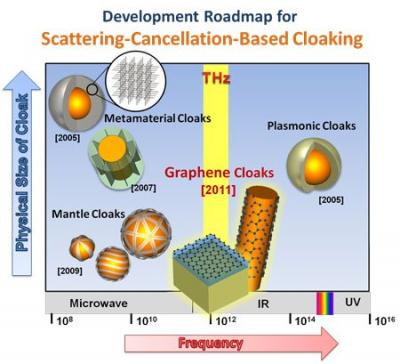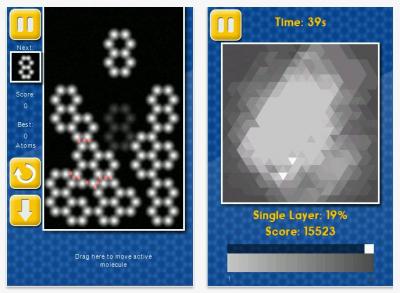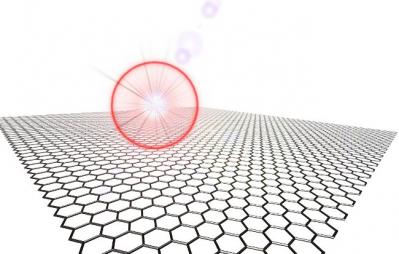Graphene can make the thinnest THz-spectrum invisibility cloak
According to researchers from the University of Texas at Austin, a single layer of graphene may be used to create a thin metamaterial cover to suppress the scattering from a passive object. Graphene's unique features of ultra-high mobility and largely tunable Fermi level may naturally provide the required reactive properties in a single atomic layer. Graphene's effective surface impedance can be tuned (in real time) which makes dynamically tunable and switchable cloaking operation possible.

A graphene invisibility cloak will be the thinnest possible - a 2D sheet of atoms. It will operate in the THz spectrum.




